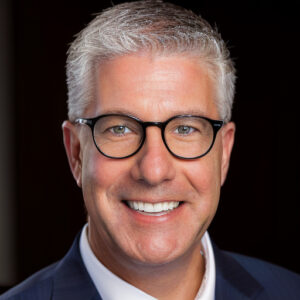It seems everywhere we go these days — shopping malls, restaurants, the grocery store — the help wanted signs are plentiful. Labor shortages are impacting the economy nationwide, and it’s no different in our hospitals.
The pandemic has only served to exacerbate what was already a strained health care workforce. Many have taken early retirement, left for other health care jobs, or left the field entirely. At the same time, the increased use of contract temporary labor for full-time and part-time staff has forced hospitals to incur increased costs during the ongoing pandemic.
A new data brief from the American Hospital Assocation outlines how health care workforce challenges are threatening hospitals’ ability to care for patients and communities. Among the highlights are:
- Data from Kaufman Hall’s October 2021 Hospital Flash Report show that hospitals have experienced a 15.6% increase in labor expenses per adjusted discharge compared to September 2019.
- Since February 2020, over 94,000 health care workers have left the hospital workforce and it’s likely to persist.
- An analysis of EMSI data found that there will be a critical shortage of 3.2 million health care workers by 2026, illustrating the magnitude of the problem facing the health care field, namely hospitals and health systems.
Today, 33% of the state’s doctors and nurses are over the age of 55, and across the country an additional 139,000 physicians are needed by 2033. Unfortunately, everyone is competing for employees in a workforce pool that is shrinking every day. And it’s not just registered nurses and doctors, but also patient transporters, lab technicians, dietitians, and more.
As we tackle the workforce issues that are upon us, as well as those we will face in the future, partnerships will be vital. Hospitals cannot do this alone. That’s why it’s crucial to collaborate with educators, elected leaders, and others to establish an adequate pipeline that reflects the diverse communities your hospitals serve.
Having a strong, educated, and dedicated workforce is the most important asset for hospitals and the overall health care system, and CHA and Hospital Council remain focused on these short-term workforce issues. But we are also committed to working with regional, state, and federal officials on the fundamental and diversified efforts needed to strengthen the pipeline of future health care workers.
We are committed to working on both the critical short and long-term health care workforce issues so you can continue providing the best care to Californians.
Other Notes of Interest
- As you well know, health care is full of complicated processes, regulations, and language. This quick overview of the Feynman Technique — developed by Nobel Prize winner and physicist Richard Feynman — allows individuals to more easily learn and understand new concepts and information.
- As family, friends, co-workers, and I struggle to avoid burnout after the last two challenging years of what seems like just “Zoom, Eat, Sleep, Repeat,” I picked up Greg McKewon’s latest book, Effortless: Make It Easier To Do What Matters Most. This prompted me to also re-read McKewon’s book from several years ago — Essentialism: The Disciplined Pursuit of Less. Both books provide actionable ideas that can be implemented to be more efficient, effective, and truly understand what really matters in our days, weeks, and months.
